Josep Renau (1907-1982): Commitment and Culture
|
Josep Renau (1907-1982):
Commitment and Culture
From 18 September to 06 January 2008.
Martínez Guerricabeitia room, Estudi General
room, Thesaurus room. La Nau
From
Tuesday to Saturday, from 10 to 13.30 and from 16 to 20 h.
Sunday, from 10 to 14 h.
|
|
|
|
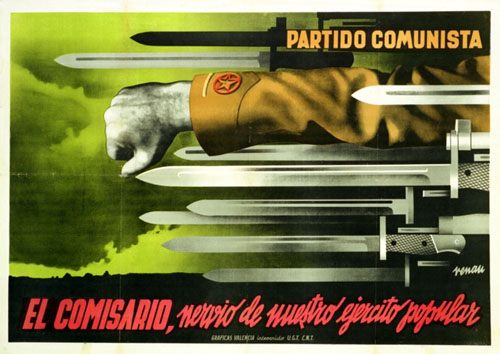 |
|
|
|
Josep Renau is key to understanding the behaviour of 20th
century Spanish culture. His biography as an artist
responsible for cultural policy and, above all, as an
intellectual committed to all aspects of the present
that affect the design of the future, symbolises one of
the axes of the bitter dialectics between purity and
commitment that marked the evolution of contemporary
culture.
His conception of art and culture as political agitation
factors and even as essential tools for transforming the
structures that underlie social relationships make him
an alternative symbol, one that avoids mausoleums, as it
remains with us, as the most active gene of those that
fostered the Age of Reason. |
|
|
|
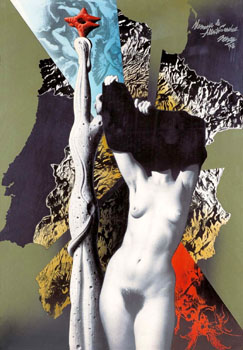 |
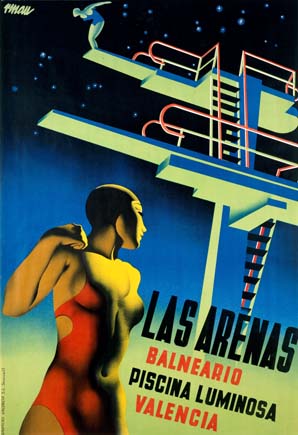 |
|
|
|
He was a political activist, an intellectual committed
beyond general principles, a tireless sharp polemicist,
a graphic designer, a painter, a poster and photomontage
artist, a mural painter... His de jure and de
facto legacy includes a huge amount of excellent
works worthy of being in a museum but, above all, of
being actively reincorporated into people's conscience
and imaginary.
The 100th anniversary of his birth is a
perfect excuse to review and disseminate his figure and
legacy ideologically, intellectually and aesthetically.
This is the reason behind the 2007 anthological
exhibition. |
|
|
|
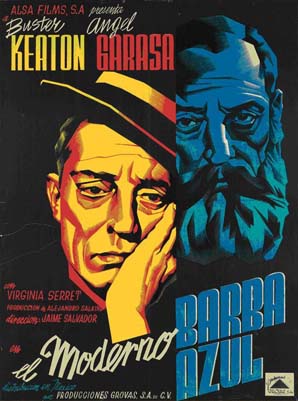 |
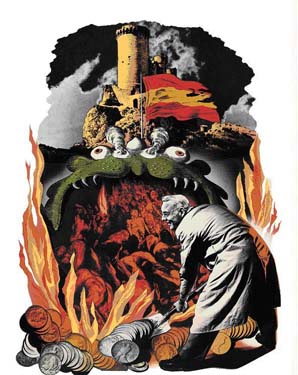 |
|
|
|
THE EXHIBITION
This exhibition has been organised and co-produced by
Universitat de Valčncia and Sociedad Estatal de
Conmemoraciones Culturales, and curated by Jaime
Brihuega, with more than 200 pieces of work including
drawings, sketches, photomontages, and posters, in
addition to abundant documentary and bibliographical
materials (photographs, letters, journals, exhibition
catalogues, books and other documents).
These exhibits are complemented by audiovisual materials
including documentaries, music, and the large format
projection of images of the murals painted by the artist
in Mexico and Germany. |
|
|
|
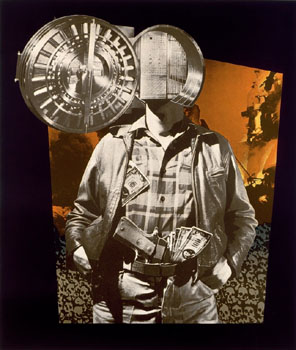 |
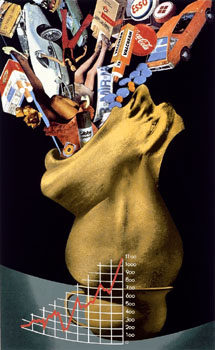 |
|
|
|
The exhibition is structured into four sections. In
parallel, the exhibition discourse is articulated into
four large sections adequately adapted to the premises:
1) The Republic era: between movement and
commitment(1926-1931): Martínez Guerricabeitia hall
2) Spain in war (1936-1939): Thesaurus room
3) Crossing the ocean: the Mexican exile (1939-1958):
Estudi General room
4) Images from beyond the wall: Renau in the German
Democratic Republic (1958-1982): Centro Octubre
Each individual section combines original works with
documentary and audiovisual materials, covering his
works associated with architecture and urban planning or
his intellectual texts. The exhibition will be presented
at the Museu d'Art Contemporani (Madrid), from 17
January 2007 to 30 March 2008 |
|
|
|
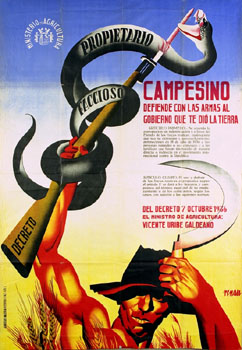 |
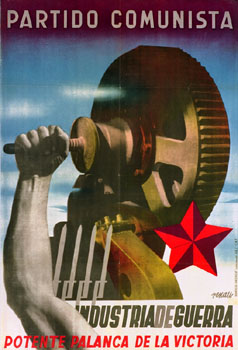 |
|
|
|
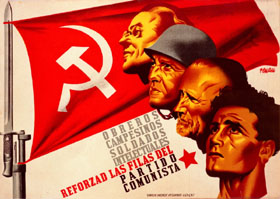 |
|
|
|
|